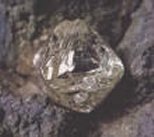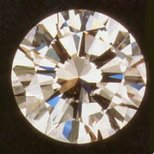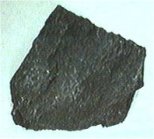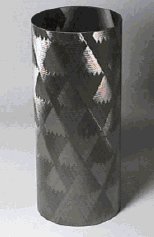 Discovery Information Discovery Information |
| Who: known to the ancients |
|
 Name Origin Name Origin |
| Latin: carbo. |
|
 Sources Sources |
| Made by burning organic compounds with insufficient oxygen. |
|
 Uses Uses |
| As carbon's major properties very widely depending upon its form, carbon's uses also very greatly. Carbon-14 which is radioactive is used in "carbon dating" (telling how old something is by determining the amount of Carbon-14 present in the item being tested as compared to a standard value for a similar object which is new). Other uses include pencils, diamonds, steel, controls nuclear reactions, tire colorant, plastics, paint pigments, lubricants and much more. |
|
 Notes Notes |
| Carbon has many
allotropes
each having very different physical properties from the other. Graphite (pencil lead) for instance is one of the softest forms of carbon, while diamonds are the hardest. |
| Carbon compounds are named according to the number of carbons present in the basic chain, the presence of single, double or triple bonds, whether or not the carbon chain forms a cyclic structure and the
element
or ions that substitute for hydrogens in the chain. A carbon compound with one carbon atom is a methyl-, two is an ethyl- , three is a propyl-, four bytyl-, five penta, six hexa-, etc. Single a bonded hydrocarbon (hydrogen-carbon structure) is an alkane, double bond is an alkene and a triple bond is an alkyne. |
| With more than eighteen million compounds of carbon registered with the Chemical Abstract Registry (CAS), there is much to say about carbon. So much in fact that there is an entire field of chemistry called organic chemistry that is devoted to these compounds. One could get a Ph.D. in organic chemistry and still feel that one had barely gotten their feet wet. |


 Discovery Information
Discovery Information Name Origin
Name Origin Sources
Sources Uses
Uses Notes
Notes Images
Images



